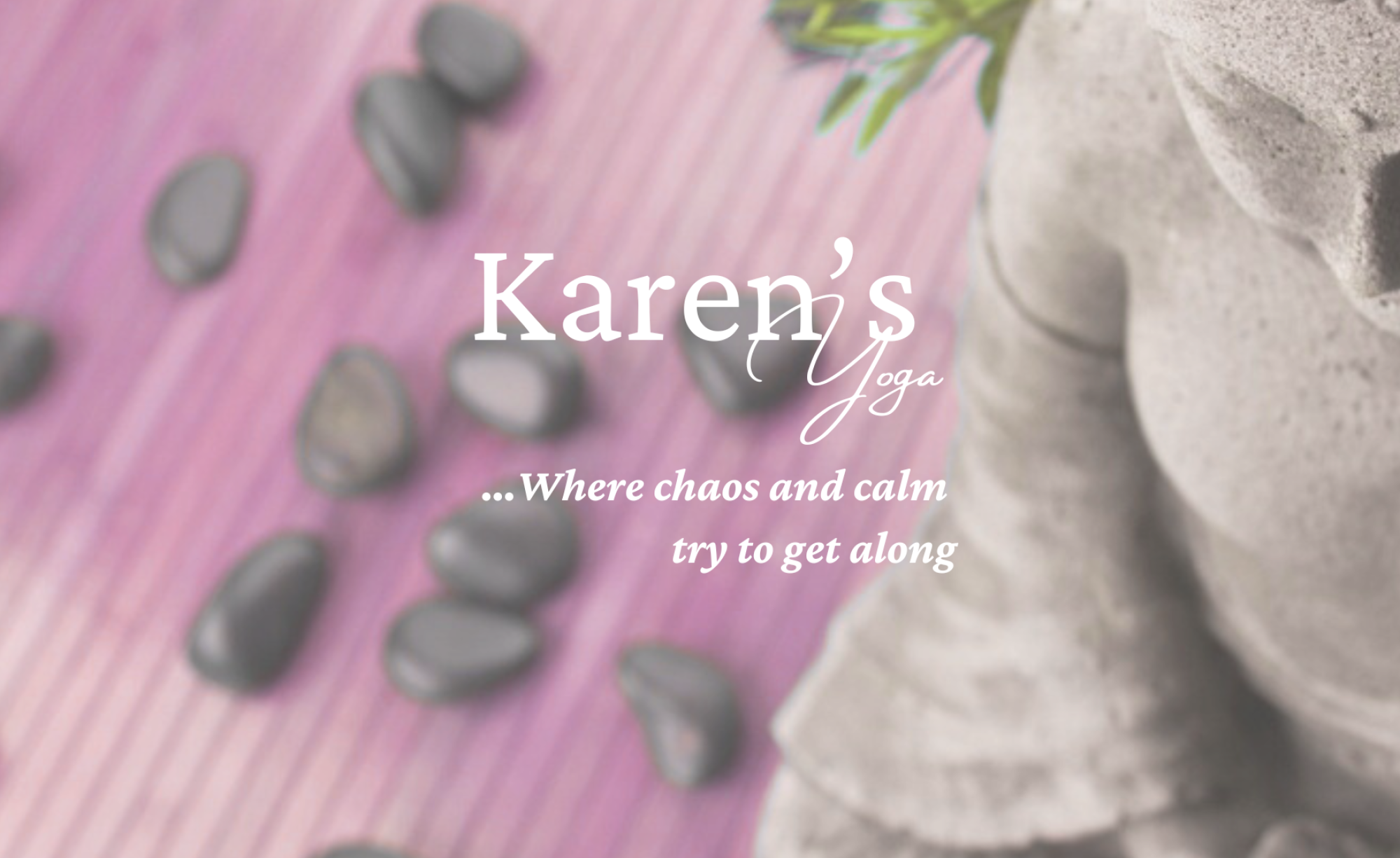Dealing with anxiety or panic in the moment
Brought to you by Carolyn Burke, M.S.W., R.S.W.
Consider the following points if you are in the middle of an anxiety attack and don’t know what to do:
If you are overcome with panic, worry or anxiety and are having a
physical response such as a racing heart, sweaty hands or you are
feeling very fearful, here are some things that you can try:
- Start by saying the word “STOP” in your mind and if possible remove
yourself from the immediate stressor. For example, if you are in a mall
or workplace, can you go somewhere quiet for a moment, the washroom will
even work. OR if you can’t remove yourself from the situation create a
safe place in your mind to help you feel protected. For some people this
may mean visualizing a favourite spot or a pleasant experience they
have had. - Breathe deeply (lengthening the exhale) and ground through your
feet, noticing the floor and earth beneath you and the physical
responses in your body. - If visualizing is difficult to do, try distracting yourself by
counting objects in the room or noticing the colours people are wearing
around you. - Begin to challenge your thoughts and beliefs with an affirmation
such as the following: “Relaxation flows through my body”, “Peace is
within me”, or “My heartbeat is calm”. (it’s important to use a positive
affirmations rather then saying, “I am not tense”). - Remember it is our own thoughts that create anxiety and nothing is
being done to you to harm you, rather events happen and we experience
them, interpret them and react. - As you continue to breath, grounding into the earth you can also remind yourself that this feeling and sensation will pass.Dealing with anxiety/worry/panic in the moment
An individual and family therapist who has provided professional
counselling services to adults, children and families for over 10 years AThis advice is general and should be viewed with the intent that this
will not support every case. Carolyn advises based on a general
experience. If you are in this situation you may want to approach a
professional with regard to your own situation. This advice is something
that you may try to support you in your efforts Key PointsConsider This…
The more that we get caught up in the lack of control we have during an
anxiety attack, the more control it has in terms of it’s affects. A
large percentage of the population will, at one time or another, suffer
an anxiety attack of some magnitude. Sometimes the best way to tackle
this issue is to talk about it and tell people you trust. You may find
that you are not alone and that people who you never thought had this
problem suffer from the same issue. Most of the time, the old saying, “A
problem shared is a problem halved” is true. The more you try to hide
this problem the more remote you will become. It’s ok to not be ok.
